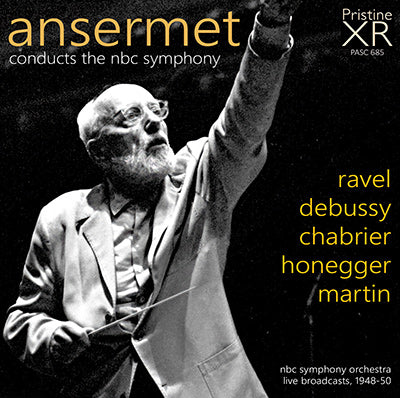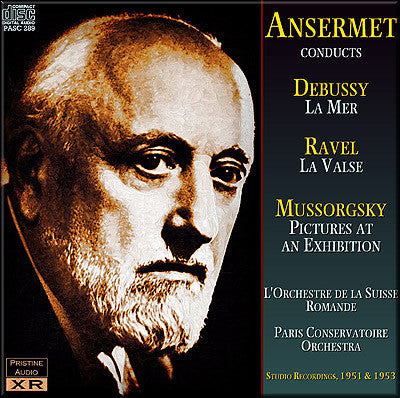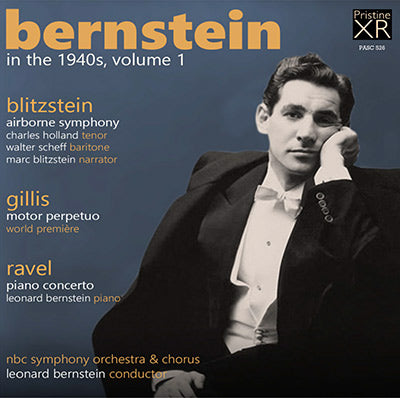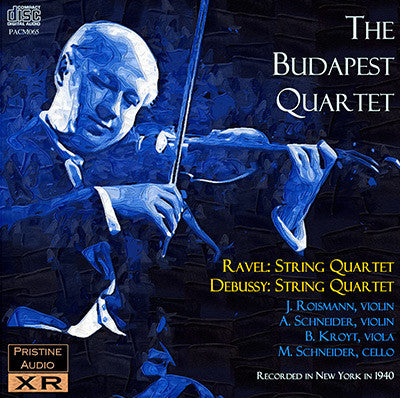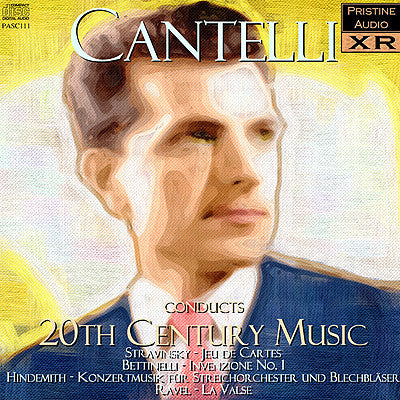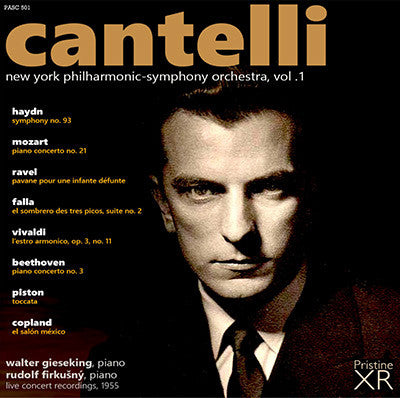Ravel
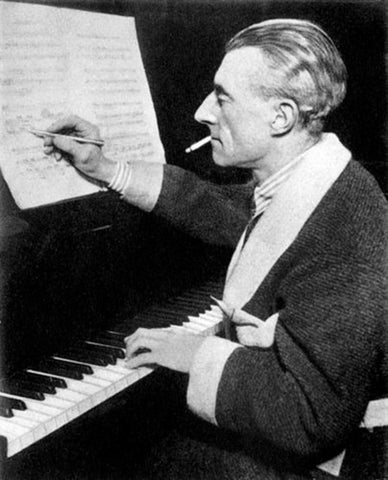
Born to a music-loving family, Ravel attended France's premier music college, the Paris Conservatoire; he was not well regarded by its conservative establishment, whose biased treatment of him caused a scandal. After leaving the Conservatoire Ravel found his own way as a composer, developing a style of great clarity, incorporating elements of baroque, neoclassicism and, in his later works, jazz. He liked to experiment with musical form, as in his best-known work, Boléro (1928), in which repetition takes the place of development. He made some orchestral arrangements of other composers' music, of which his 1922 version of Mussorgsky's Pictures at an Exhibition is the best known.
As a slow and painstaking worker, Ravel composed fewer pieces than many of his contemporaries. Among his works to enter the repertoire are pieces for piano, chamber music, two piano concertos, ballet music, two operas, orchestral music, and eight song cycles; he wrote no symphonies and only one religious work ("Kaddish"), which is merely an arrangement of pre-existent Hebrew liturgical melodies. Many of his piano pieces also exist in the form of orchestrations made years after their original conception. Some of his piano music, such as Gaspard de la nuit (1908), is exceptionally difficult to play, and some of his complex orchestral scores, such as the music for the ballet Daphnis et Chloé (1912), require great conducting skill to realize successfully.
Ravel was among the first composers to recognise the potential of recording to bring their music to a wider public. From the 1920s, despite limited technique as a pianist or conductor, he took part in recordings of several of his works; others were made under his supervision.

Ravel
Born to a music-loving family, Ravel attended France's premier music college, the Pari...
DEBUSSY Jeux
DEBUSSY Images: Gigues
DEBUSSY Images: Ibéria
DEBUSSY Six épigraphes antiques (arr. Ansermet)
RAVEL Daphnis et Chloé Suite No. 2
RAVEL La Valse
RAVEL Rapsodie Espagnole
CHABRIER España
HONEGGER Horace Victorieux
MARTIN Petite Symphonie concertante
Live broadcast recordings, 1948-50
Total duration: 2hr 32:56
NBC Symphony Orchestra
conducted by Ernest Ansermet
DEBUSSY La Mer
RAVEL La Valse
MUSSORGSKY/RAVEL Pictures at an Exhibition
Recorded in 1951 & 1953
Total duration: 67:41
L'Orchestre de la Suisse Romande
Paris Conservatoire Orchestra
conductor Ernest Ansermet
BLITZSTEIN Airborne Symphony
GILLIS Motor Perpetuo
RAVEL Piano Concerto in G
Live broadcast performances, 1946
Total duration: 74:20
Charles Holland, tenor
Walter Scheff, baritone
Marc Blitzstein, The Monitor (narrator)
Leonard Bernstein, piano
NBC Symphony Orchestra & Chorus
conducted by Leonard Bernstein
RAVEL String Quintet in F major (1902)
DEBUSSY String Quintet in G minor (1893)
Recorded 1940, Liederkranz Hall, New York
Total duration: 54:11
The Budapest Quartet
STRAVINSKY Jeu de Cartes
BETTINELLI Invenzione No. 1
HINDEMITH Konzertmusik für Streichorchester und Blechbläser
RAVEL La Valse
Recorded 1949-54
Total duration: 59:45
Boston Symphony Orchestra
NBC Symphony Orchestra
conducted by Guido Cantelli
HAYDN Symphony No. 93
MOZART Piano Concerto No. 21
RAVEL Pavane pour une infante défunte
FALLA El Sombrero des Tres Picos, Suite No. 2
VIVALDI L'Estro Armonico: Concerto Grosso No. 11
BEETHOVEN Piano Concerto No. 3
PISTON Toccata
COPLAND El Salón México
Recorded in 1955
Total duration: 2hr 26:56
Walter Gieseking, piano
Rudolf Firkušný, piano
New York Philharmonic-Symphony Orchestra
Conducted by Guido Cantelli
-
Previous
- Page 1 of 7
- Next

